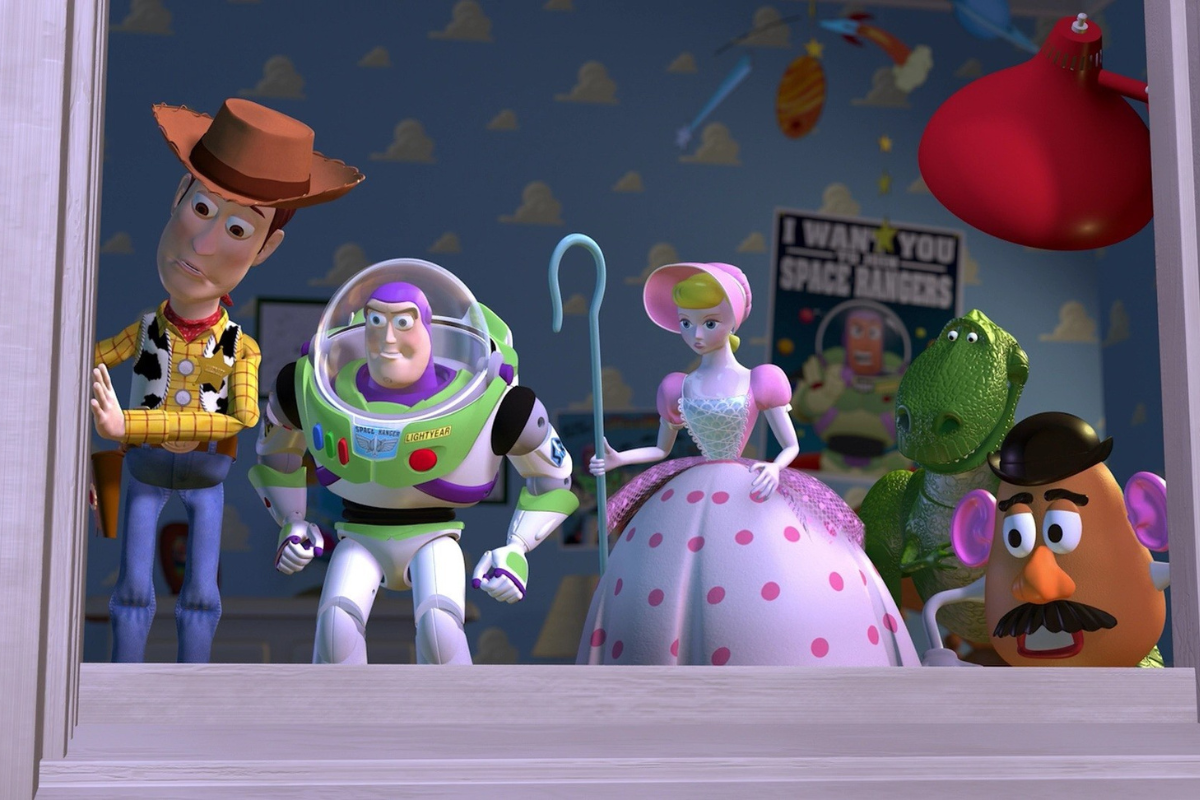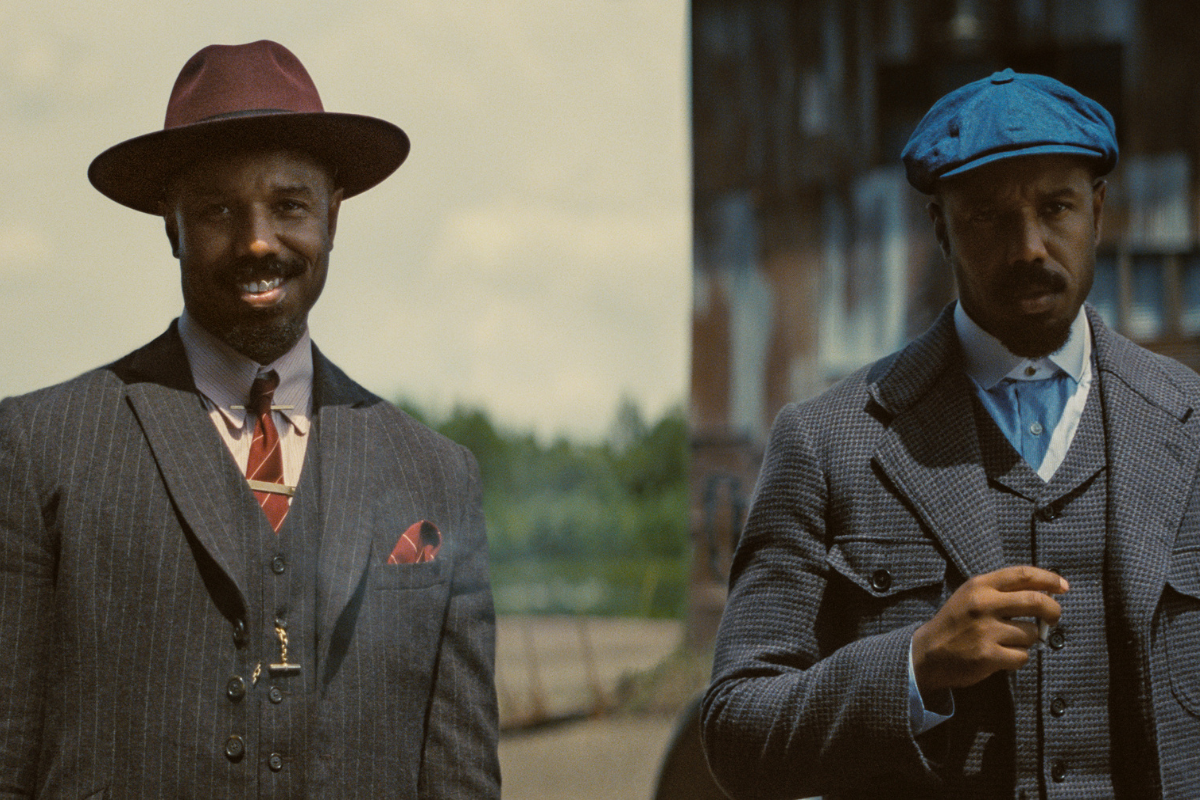ASK DR. FORMAT: Off Screen and Voice Over, Everything You Want to Know
Dave Trottier continues his 30 years of giving Script’s readers stellar screenplay formatting advice, sharing tips on formatting texts, instant messages, e-mails, Skype and more.
QUESTION
Could you please clearly explain O.S. and V.O.? I hear different things from different people, and sometimes I see O.C. in older scripts. I’m starting to get obsessed about this.
ANSWER
In addition to your question above, I have received three other emailed questions in the last several days asking me to explain O.S. and V.O., so let’s relax, un-obsess, and understand.
O.S. is for “off screen”
O.S. means the character is physically there at the scene location, but is not in the camera view. In the produced movie, we would hear her voice but not see her, even though she is there at the master (or primary) scene location.
Suppose the scene takes place at SAL’S HOUSE and she is cooking in the KITCHEN while JOE watches TV in the LIVING ROOM. If the camera is on Sal in the KITCHEN, anything Joe says would be marked as O.S. because although he is at the master or primary location (SAL’S HOUSE), he is not in the camera view. He is not “on camera.”
O.C. means “off camera”
O.C. is an archaic term that means the same thing as O.S. Don’t worry about O.C. and don’t use it in your script.
V.O. means “voice over”
V.O. means a voice originates from outside the scene location. Here are common situations where you would use this notation:
-- A voice originates from outside the scene location through a phone or walkie-talkie or radio or some other device.
-- A character in the scene recalls a speech he heard earlier in the screenplay, such as his mother reminding him to brush his teeth. The speech is the mother’s but she is not there at the scene location thus, her speech originates from another location, and so it’s marked V.O.
-- A character begins to explain what happened a year ago. You cut to a FLASHBACK, but we still hear the character’s voice from PRESENT DAY explaining what happened. The voice originates from outside the FLASHBACK location and, thus, is marked V.O.
-- We hear a disembodied voice: “Luke, reach out with your feelings” (Obi-wan in Star Wars IV). Whisperings from another world are marked V.O. unless we actually see the entity/person/ghost speaking.
-- We hear the character’s own thoughts at the moment; that is, the audience sees him and hears his voice, but his lips aren’t moving. Thus, the speech originates from another location (probably a recording studio or looping studio). Incidentally, I don’t recommend this application; it usually comes off as obvious exposition except in rare instances in broad comedies.
-- A character narrates the story. The voice does not original from any of the scene locations and so it is marked V.O.
If you use the term NARRATOR in the character cue (the character cue is the character name in the dialogue block), then V.O. is assumed and you don’t have to type the term V.O.
O.S. and V.O. exceptions
-- Suppose there is a TV in the scene, and the TV screen is in full view (within the camera frame or camera view). Technically, the person on the TV screen is at the scene location since the TV is at the scene location. Thus, the character we see speaking on TV is like any other character in the room. Since we see him speaking, his speech is normal dialogue without any special notation.
However, if the TV is at the scene location, but is turned away from the camera view and we don’t see the character on the TV screen, her speech should be marked O.S. because she is technically there at the scene location, but she is not in the camera view.
The same goes for a Skype conversation on the computer or a FaceTime conversation on a smart phone.
-- Holograms as in Star Wars IV: “Help me Obi-wan. You’re my only hope.” Princess Leia’s words would have no special notation since her image is there in the room (at the scene location) and we see her speaking.
Did I miss anything? If you believe I did, then zip me off an email... Meanwhile, keep writing!
The new, 7th edition of The Screenwriter’s Bible is available now at bookstores, Amazon, and www.keepwriting.com
If your ending is lackluster, you need Dave's Screenwriters University's online course, Powerful Endings to Hook Your Readers!
REGISTER NOW!
Dave Trottier (AKA Dr. Format), author of seven books including The Screenwriter's Bible, has sold or optioned ten screenplays (three produced) and helped hundreds of writers sell their work and break into the biz. He is an award-winning teacher, in-demand script consultant, and friendly host of keepwriting.com. Twitter: @DRTrottier







